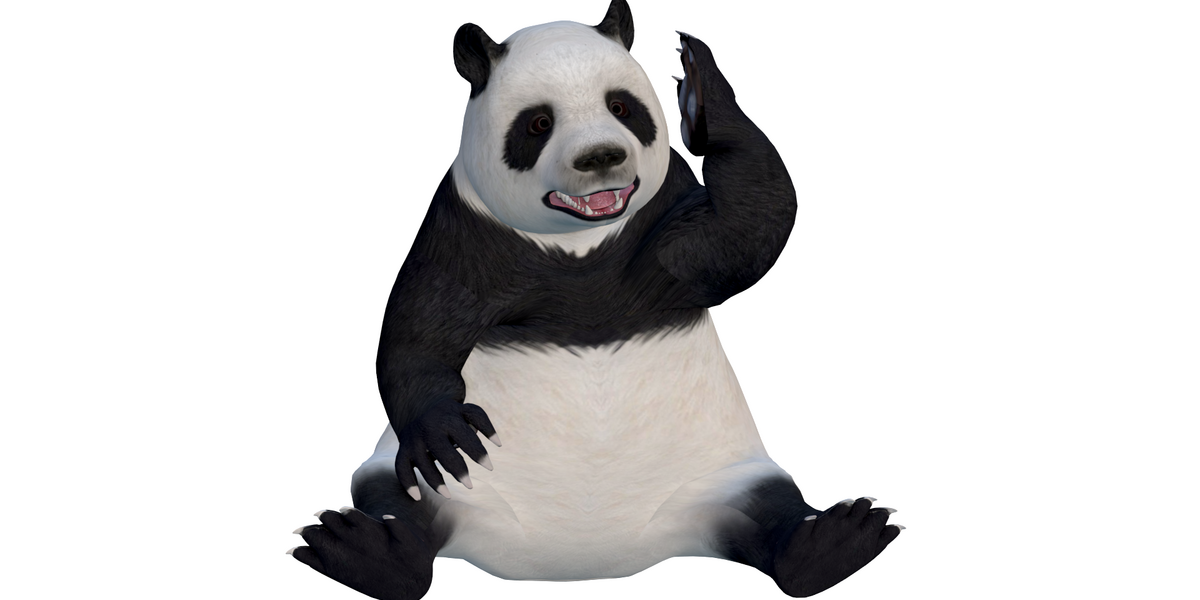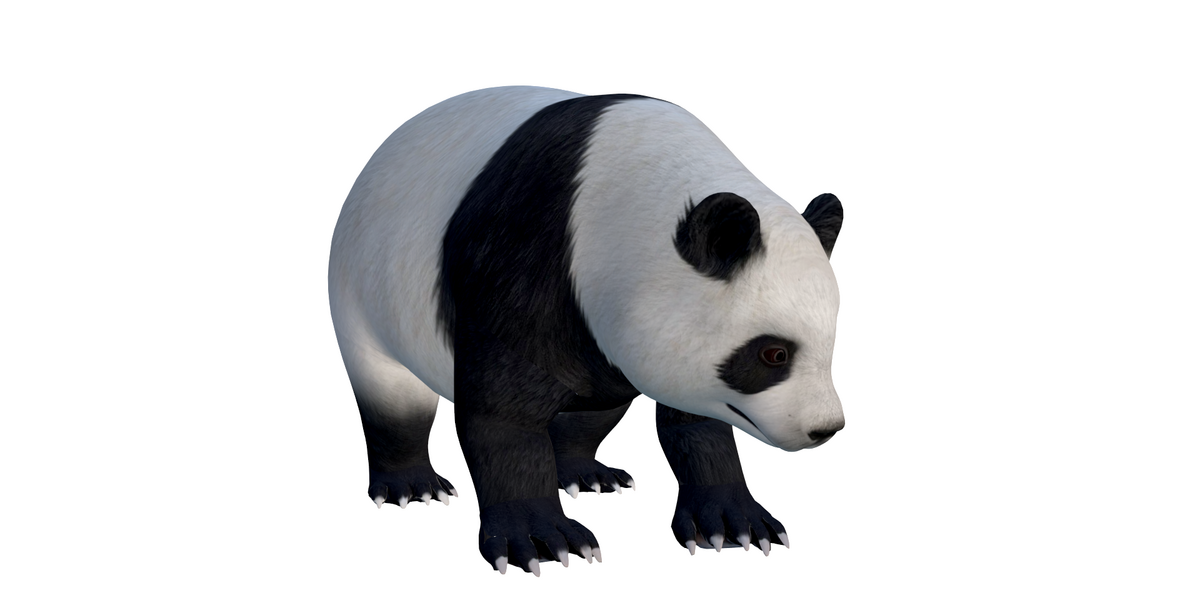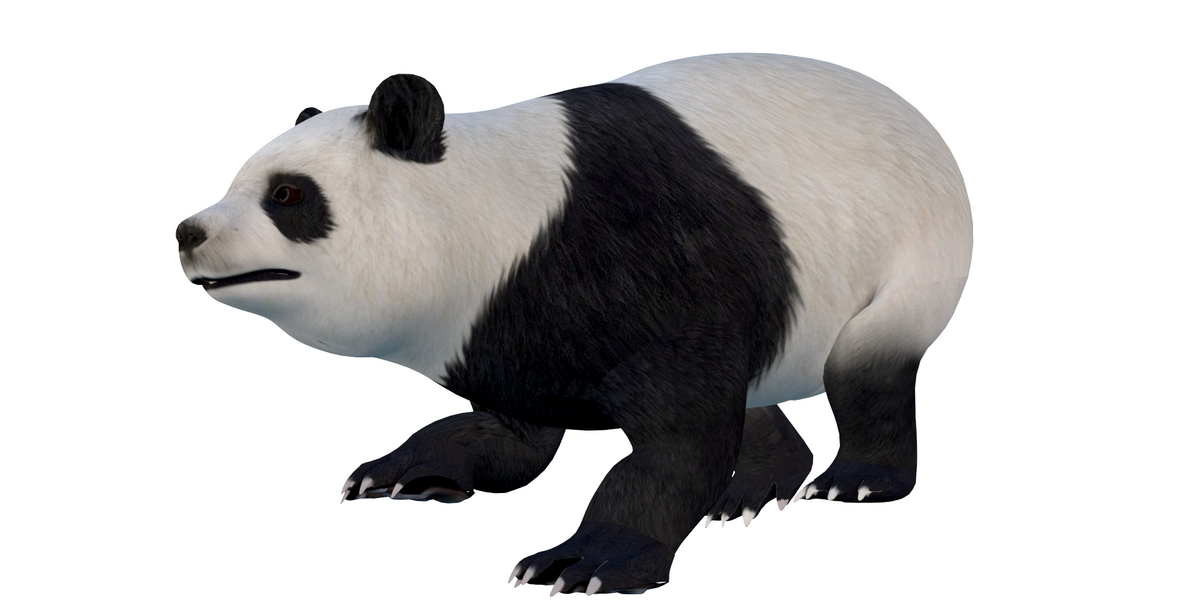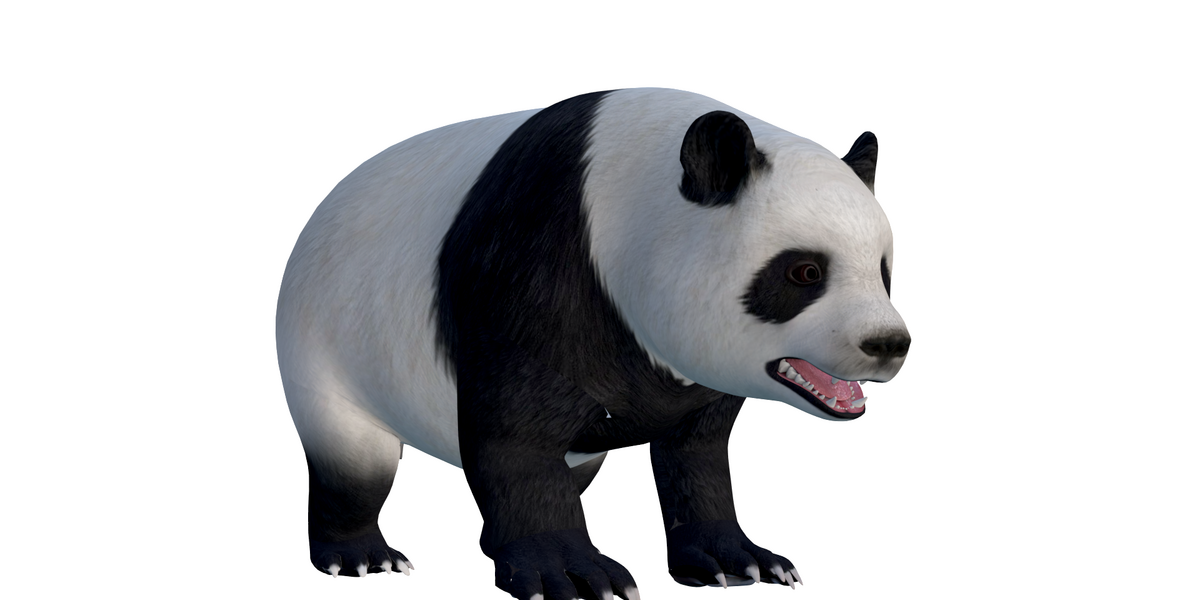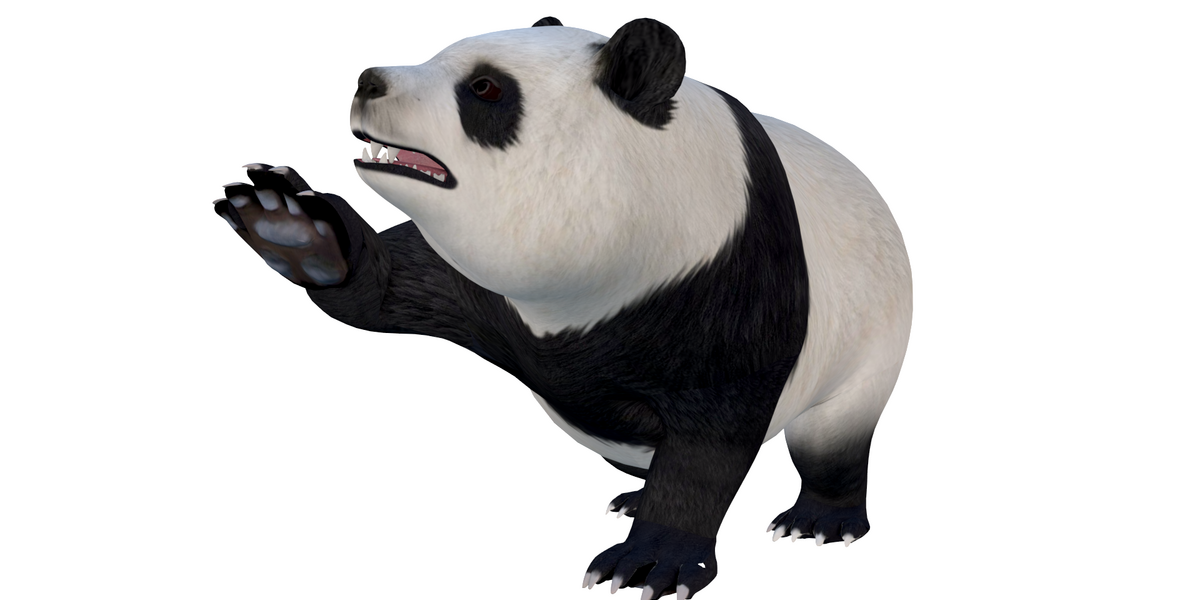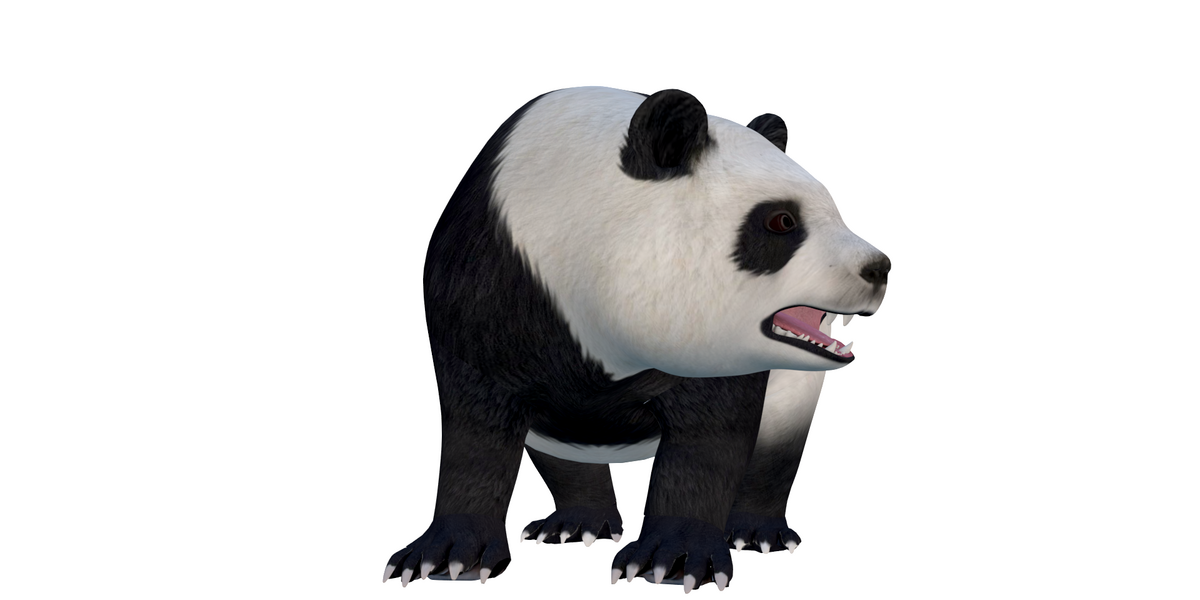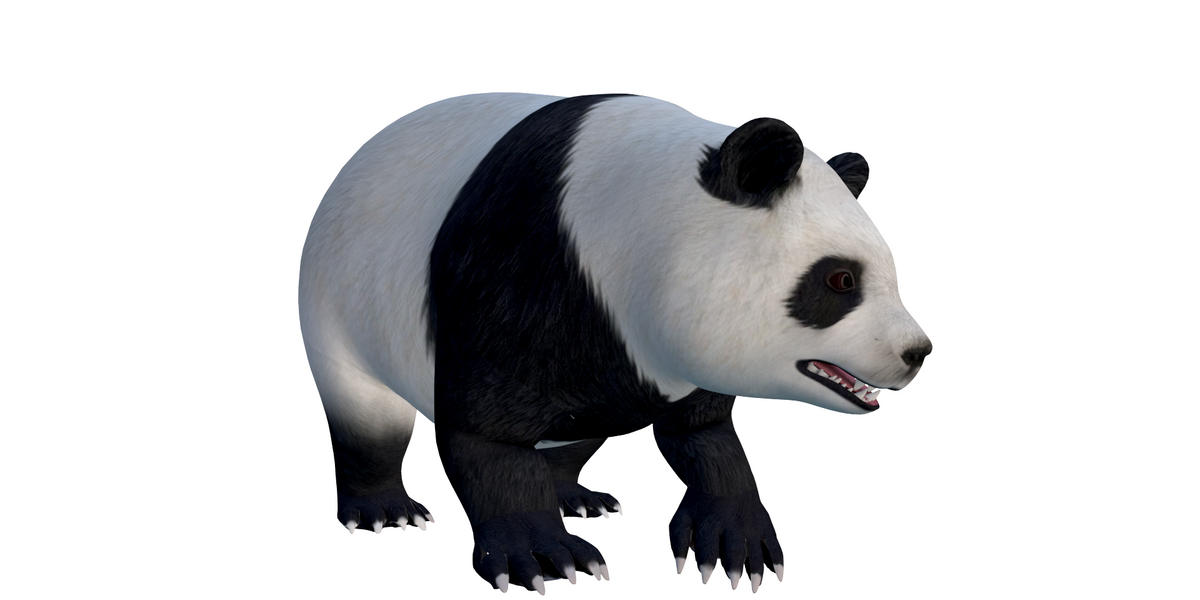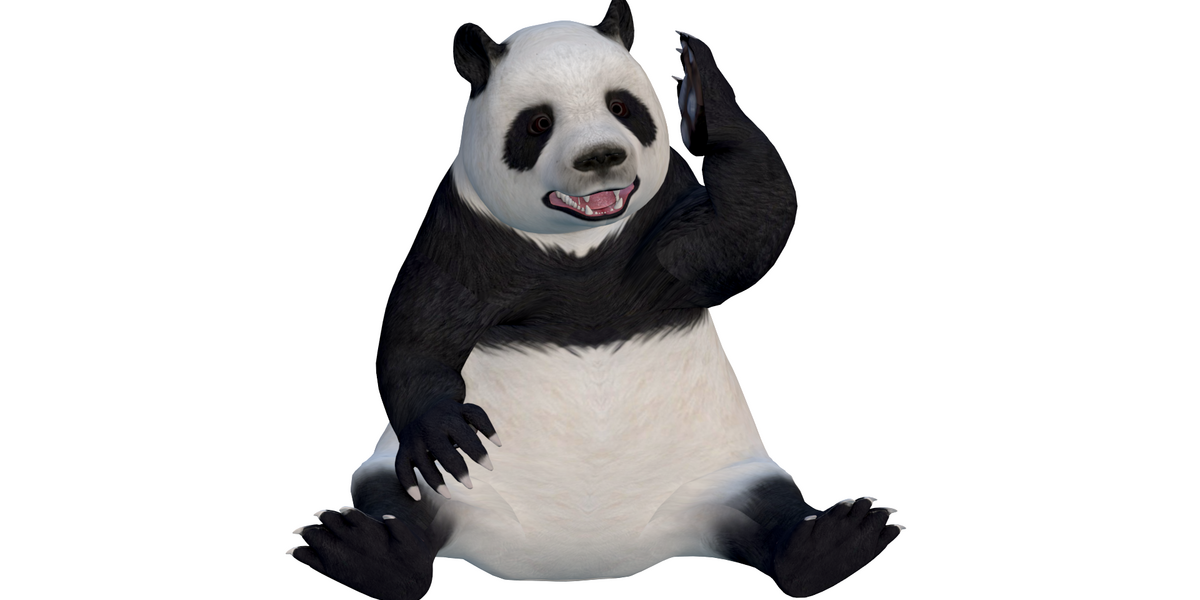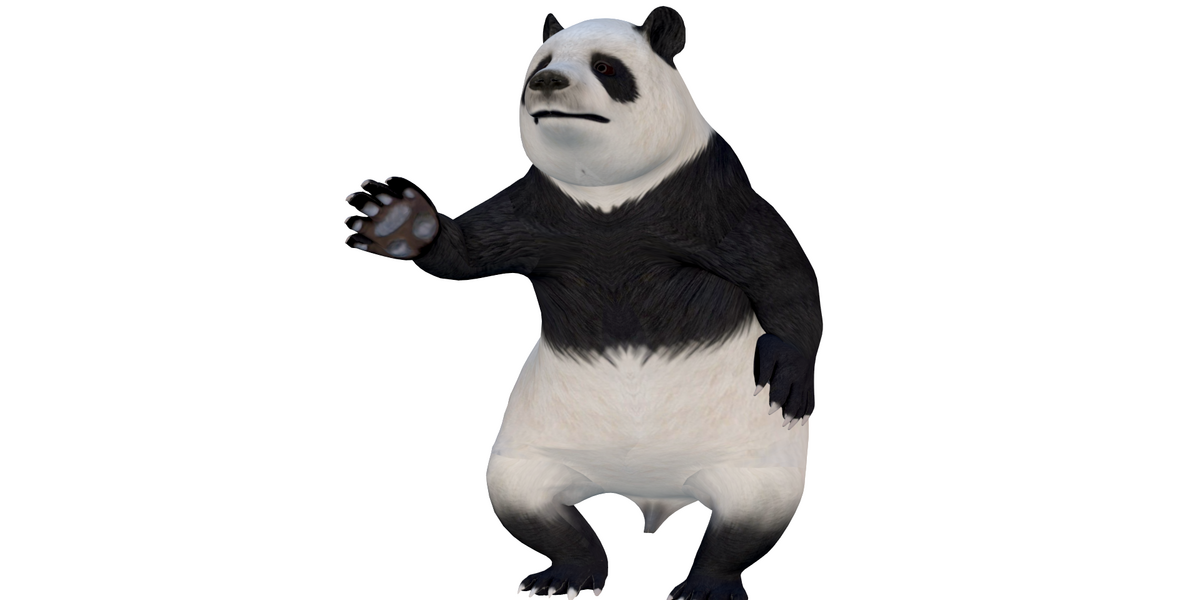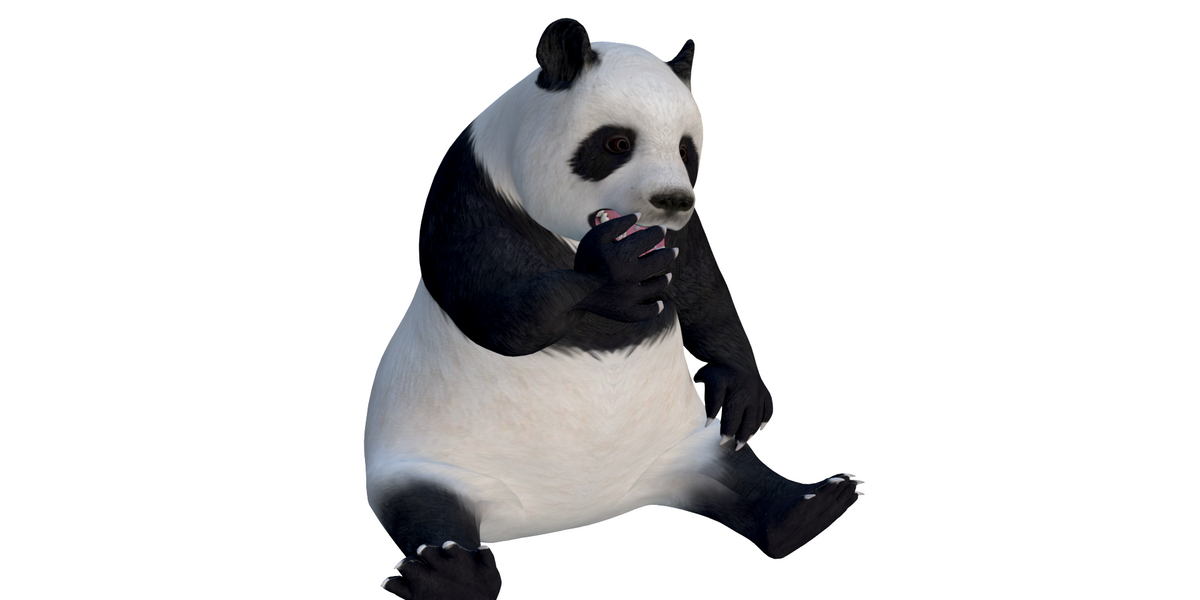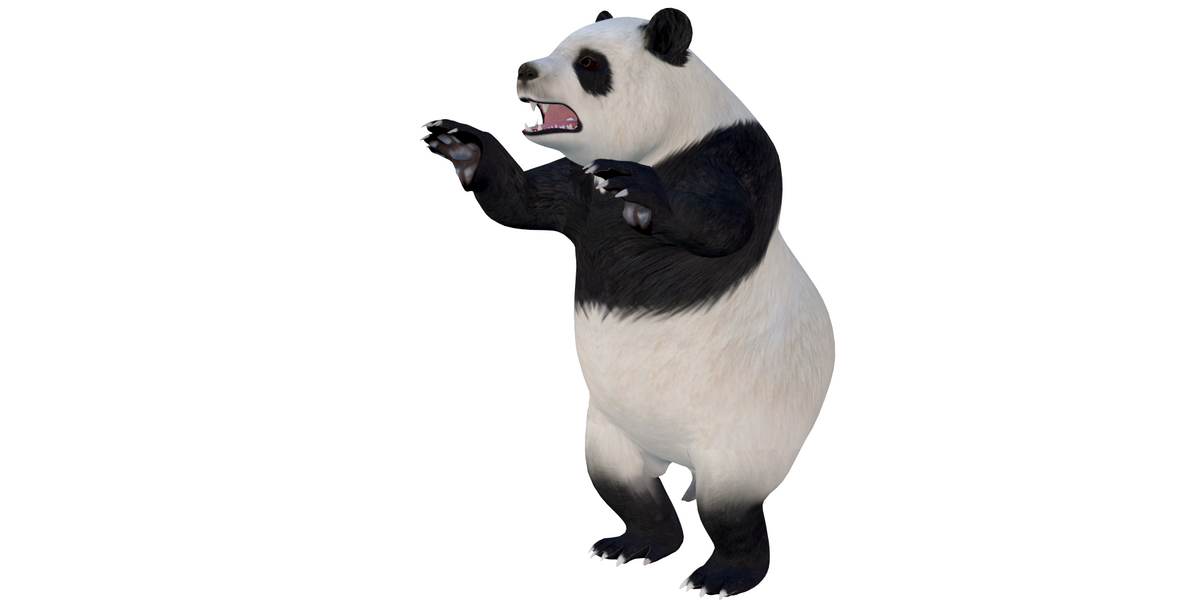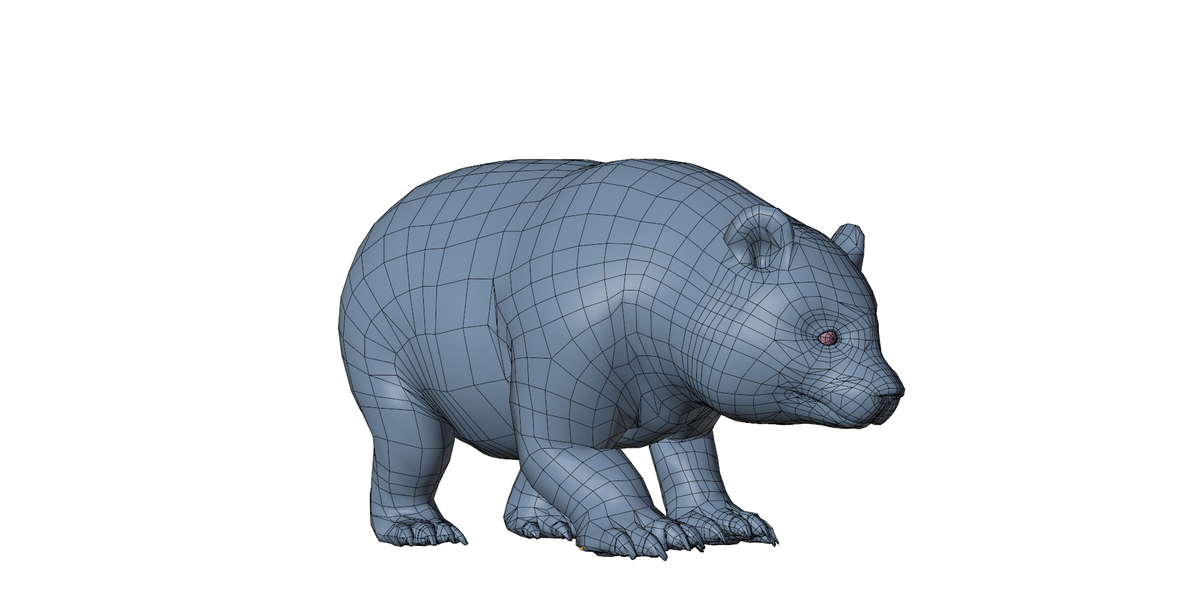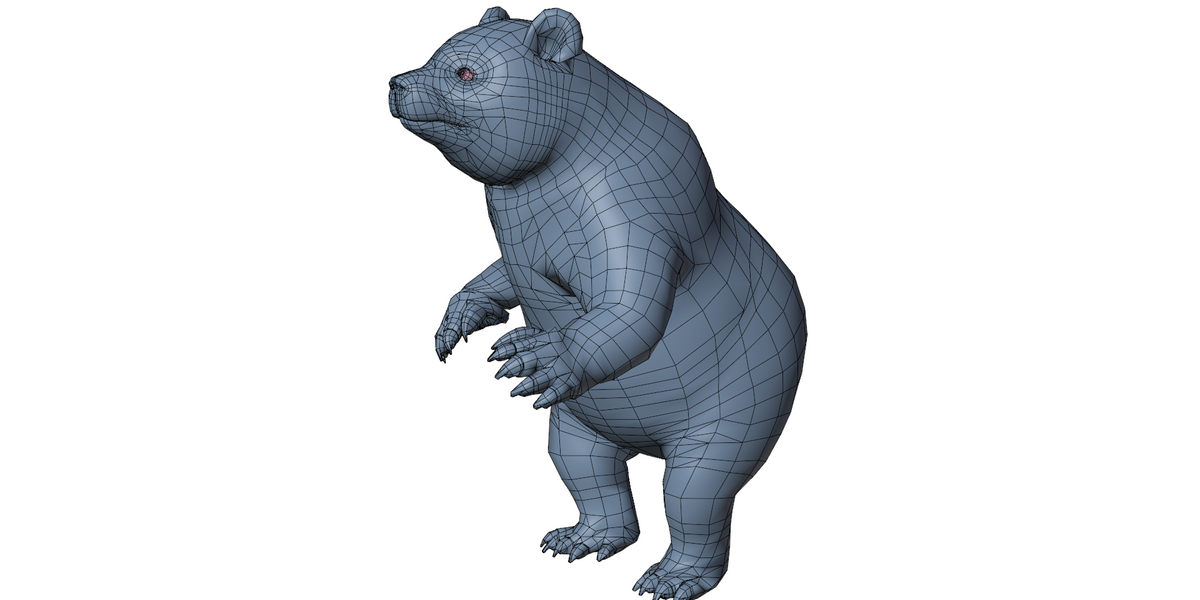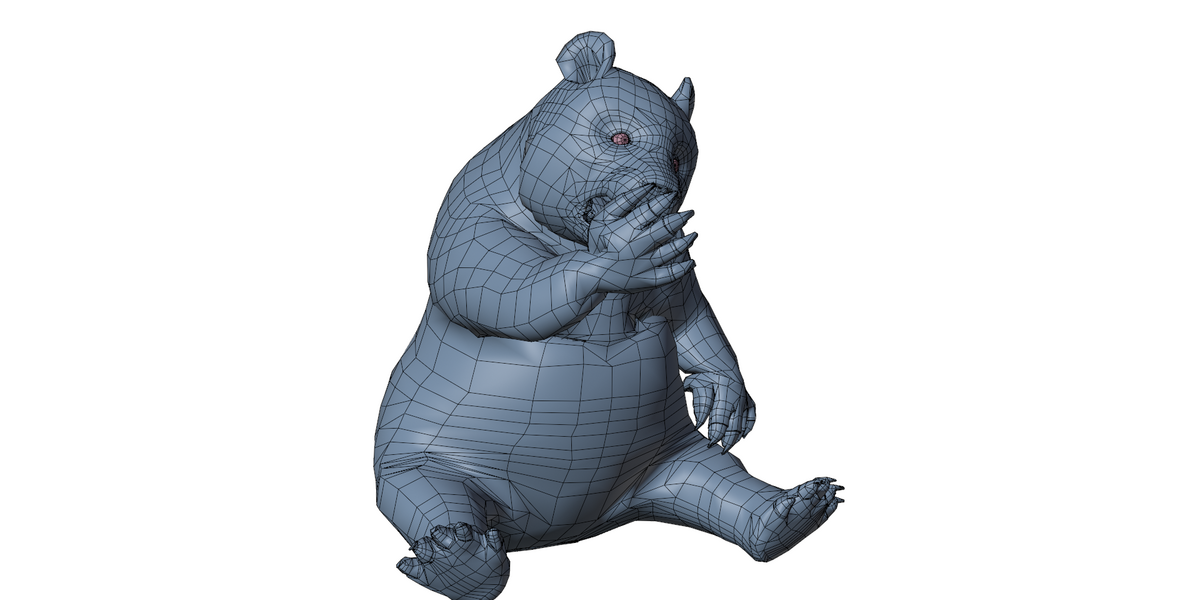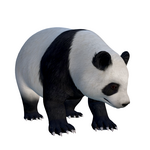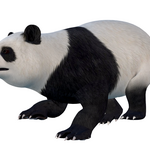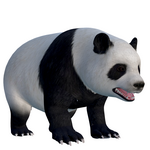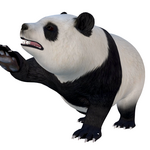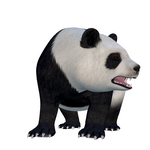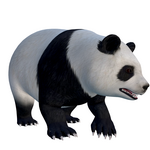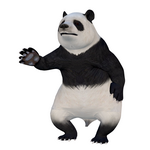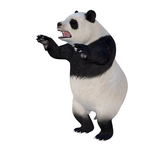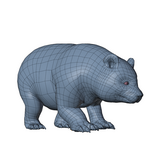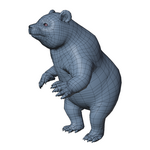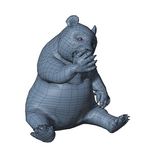A Panda animated 3D model typically encompasses a range of characteristics designed to bring the beloved bear to life in a digital environment. Here's a breakdown of common features:
-
Expressive Face:
- The model's face is designed to convey a range of emotions, from playful curiosity to gentle calmness.
- This is achieved through detailed modeling of the eyes, mouth, and brow, as well as the use of blend shapes or morph targets for facial animation.
- The eyes are often large and dark, enhancing the cute appearance.
-
Texturing and Shading:
- High-resolution textures are used to depict the panda's fur and skin, with attention to detail in the color variations and patterns.
- Realistic shading and lighting are employed to create a sense of depth and volume, and to simulate the interaction of light with the fur.
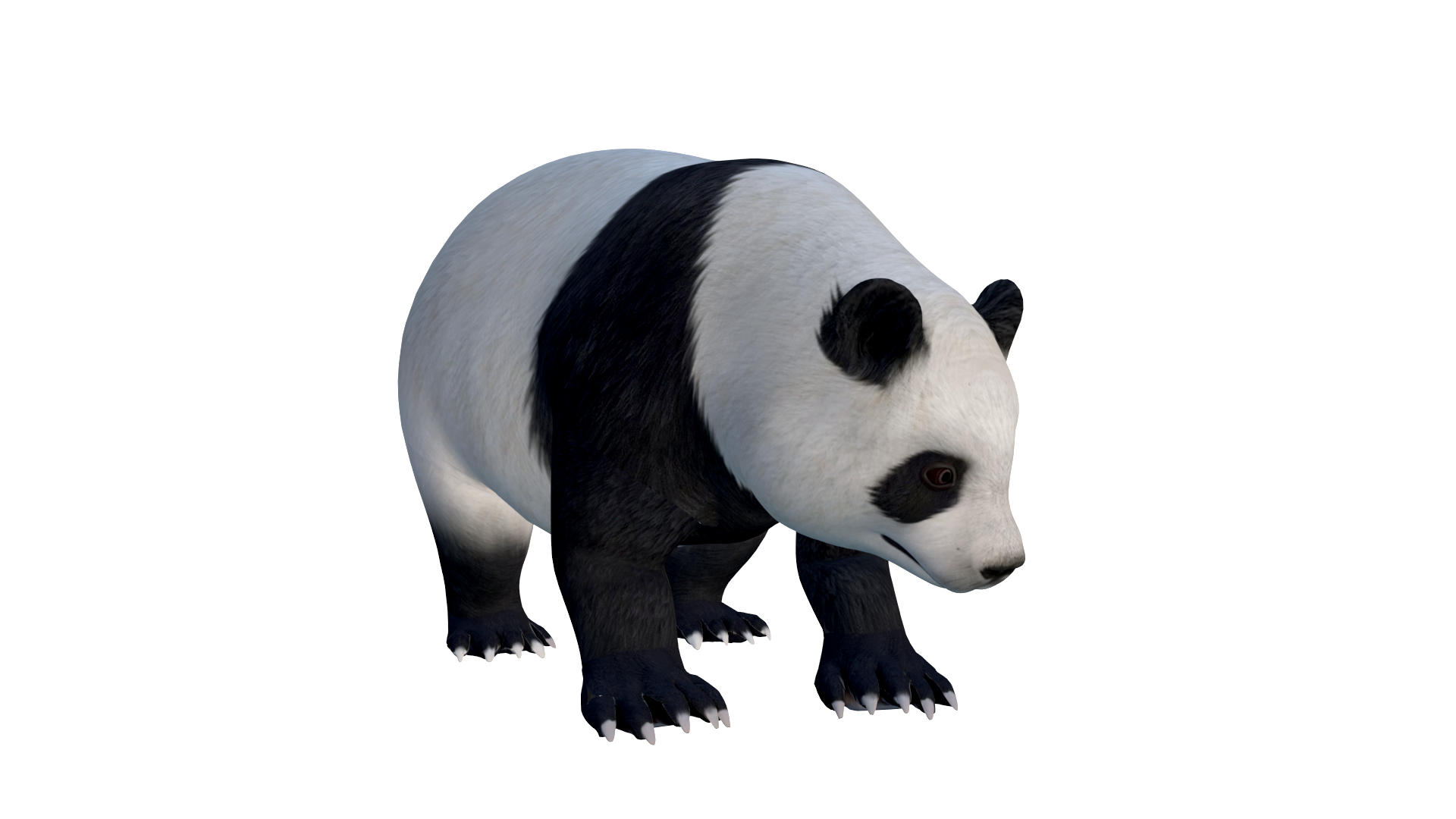
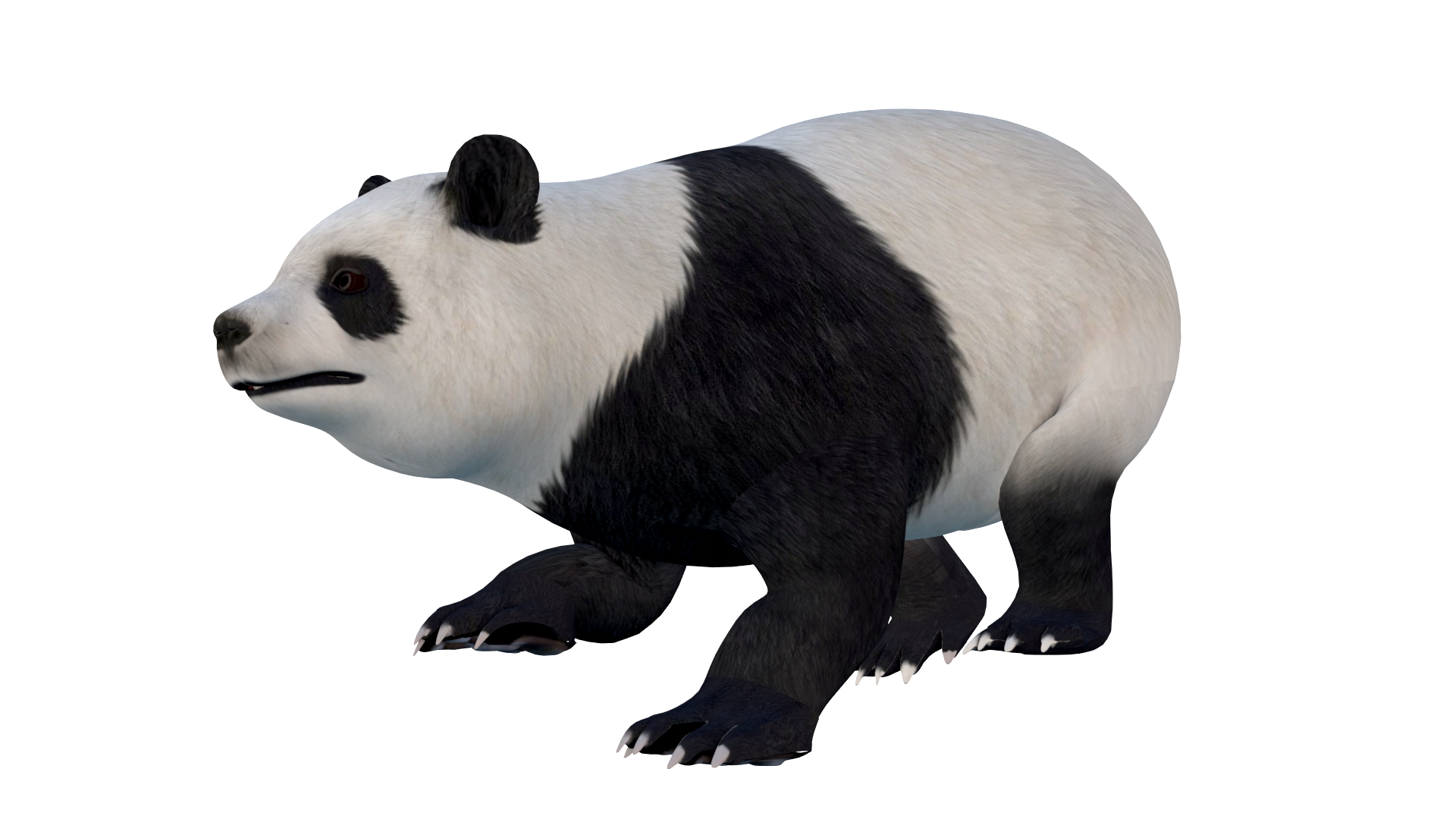
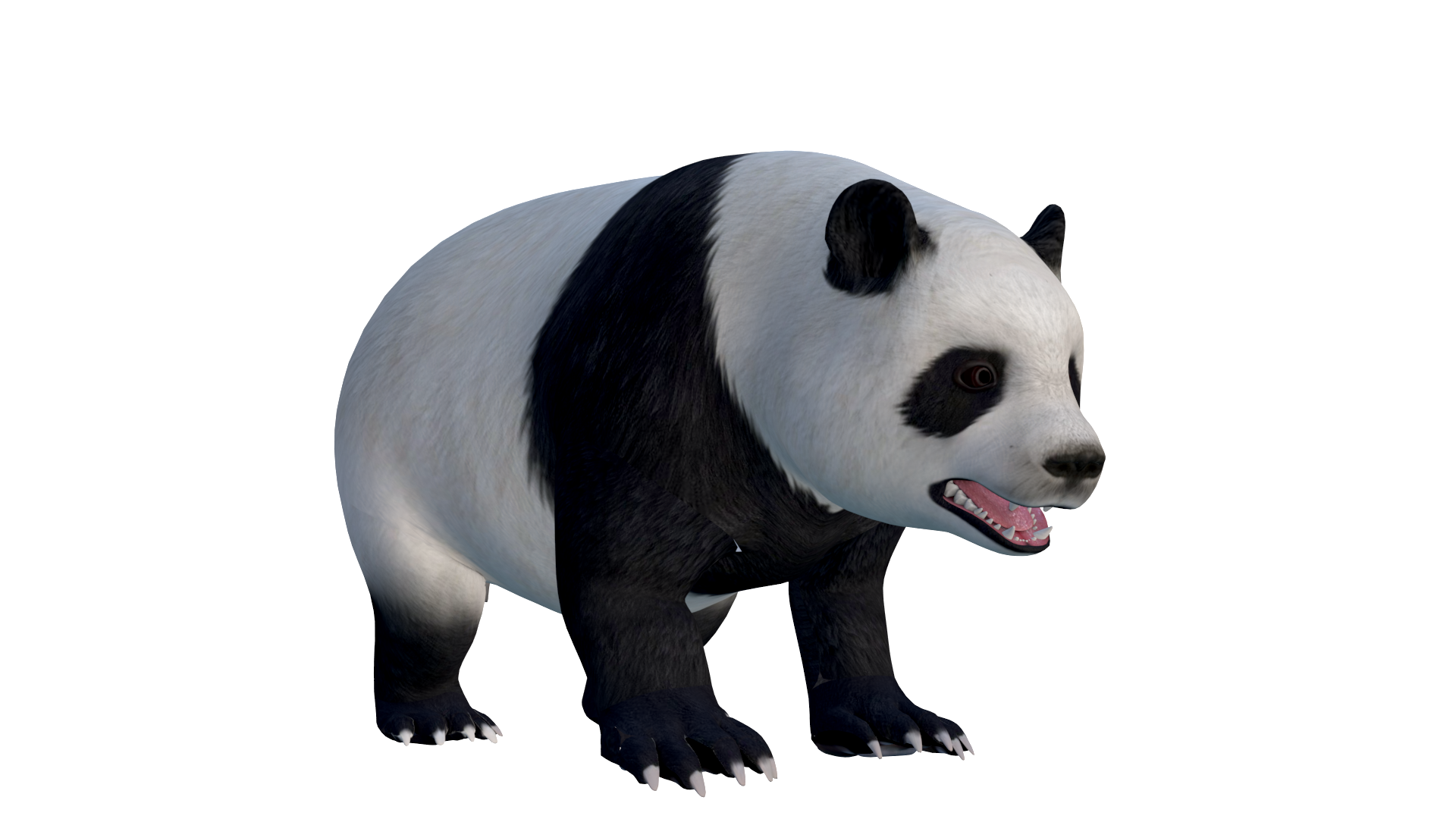
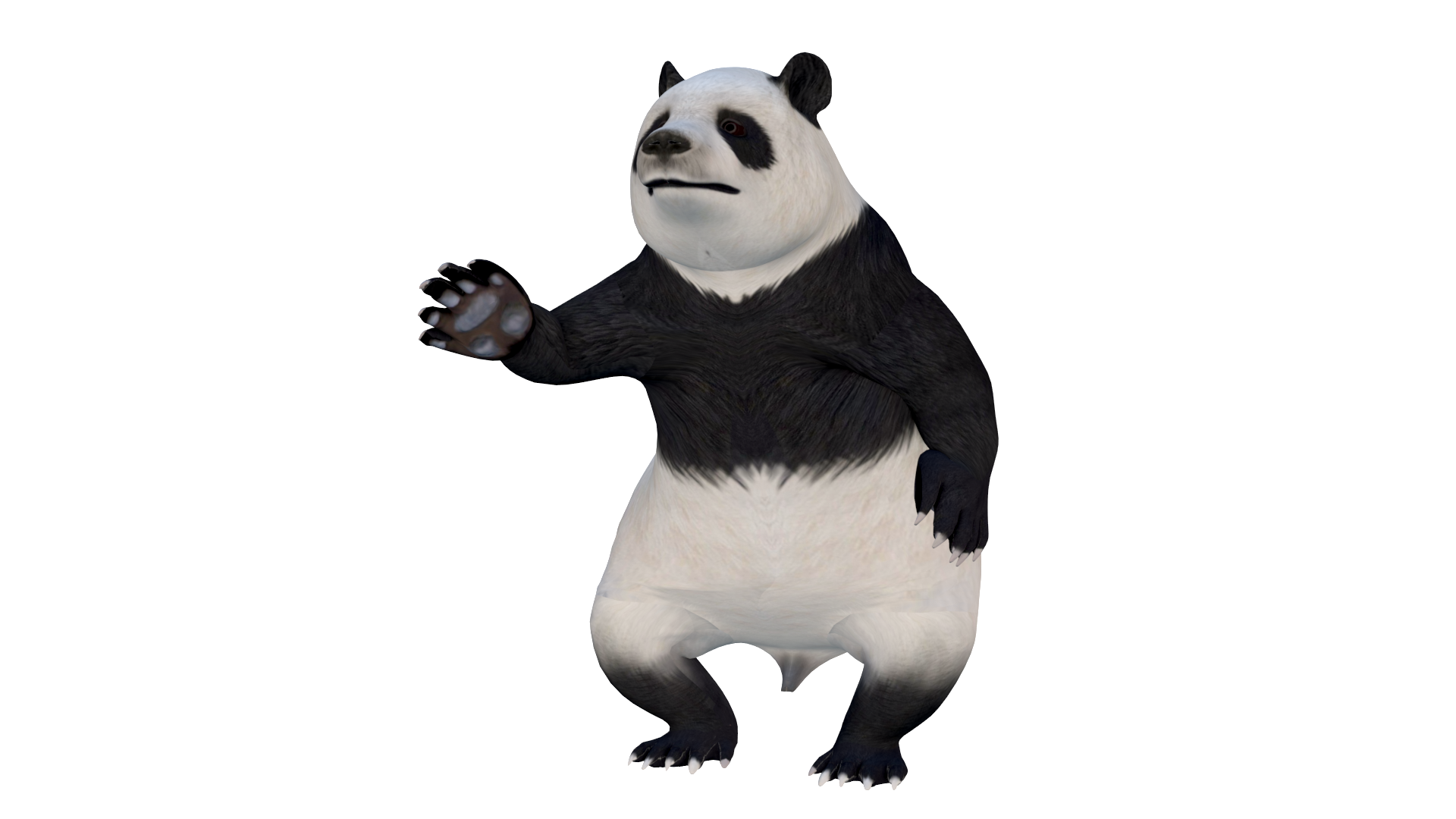
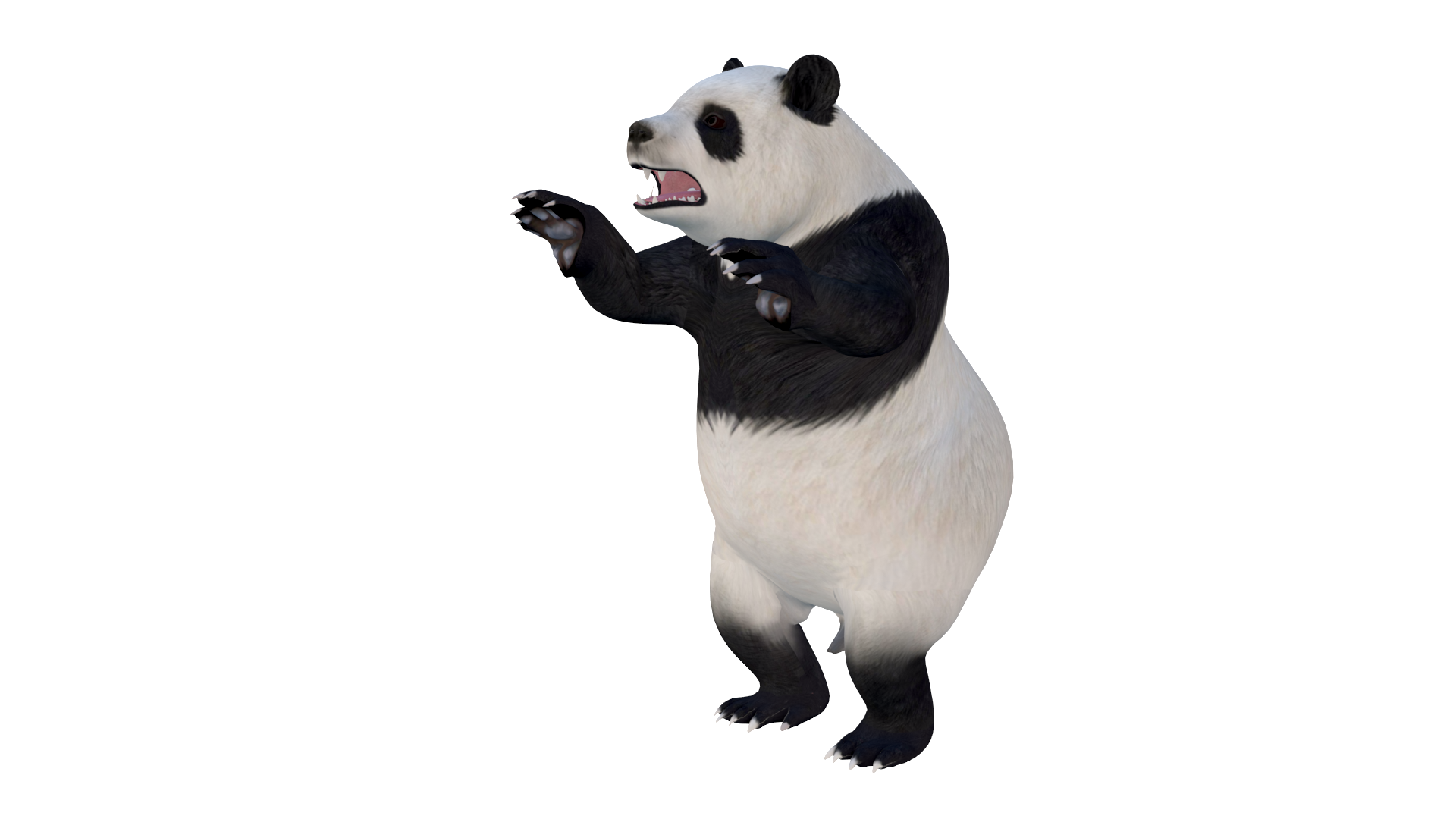
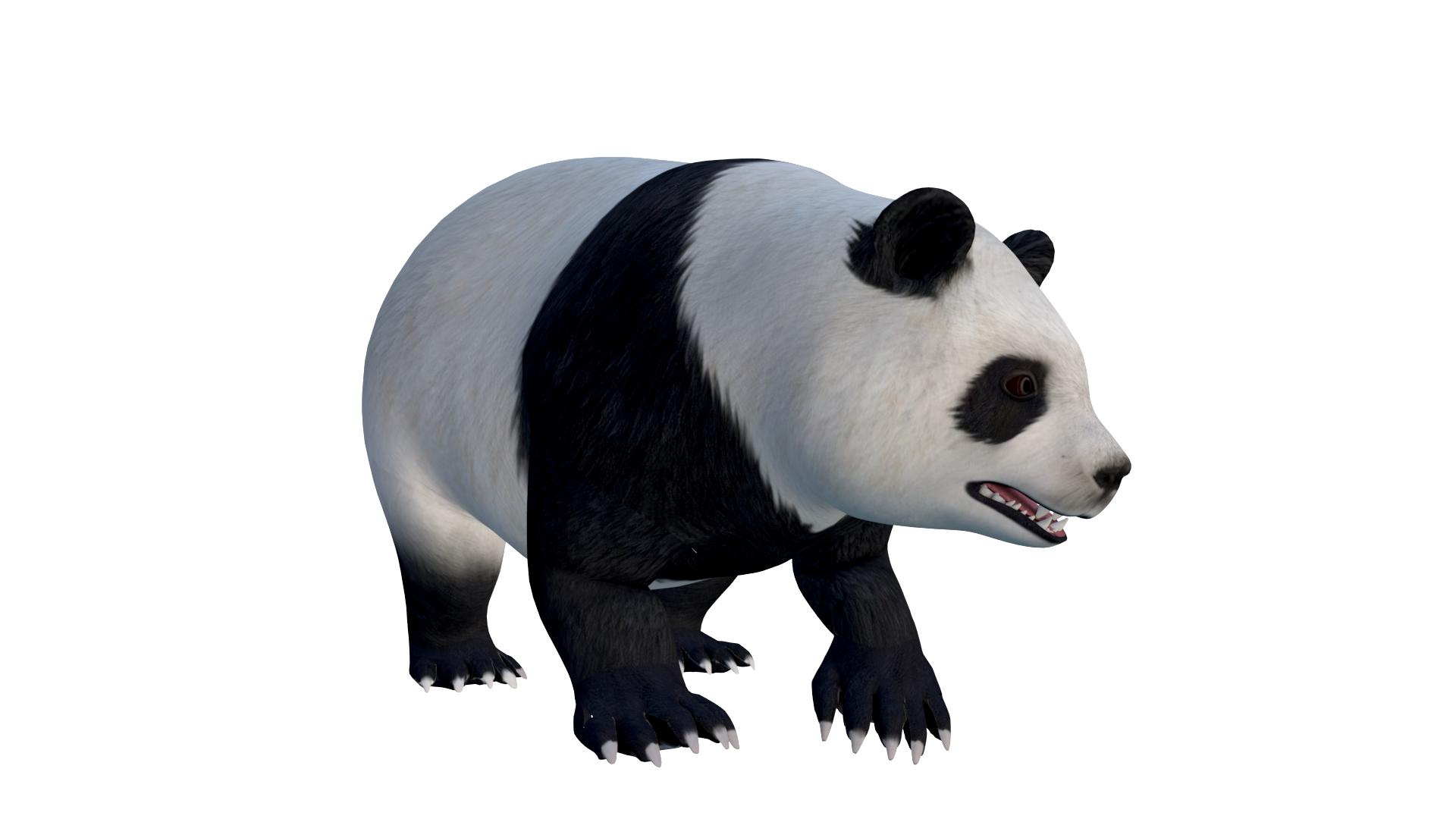
Animation:
- Animation:
-
- The model may come with a library of pre-made animations, such as walking, running, eating bamboo, sitting, and playing.
- Animations are designed to capture the panda's characteristic gait and behavior, emphasizing its gentle and playful nature.
- Facial animations are used to convey a range of emotions, adding personality and charm to the model.
-
Polygon Count:
- The polygon count of the model will vary depending on its intended use. Game ready models will have lower polygon counts than film quality models.
-
File Formats:
- The 3D model might be available in various file formats, such as .blend,to ensure compatibility with different 3D software.
